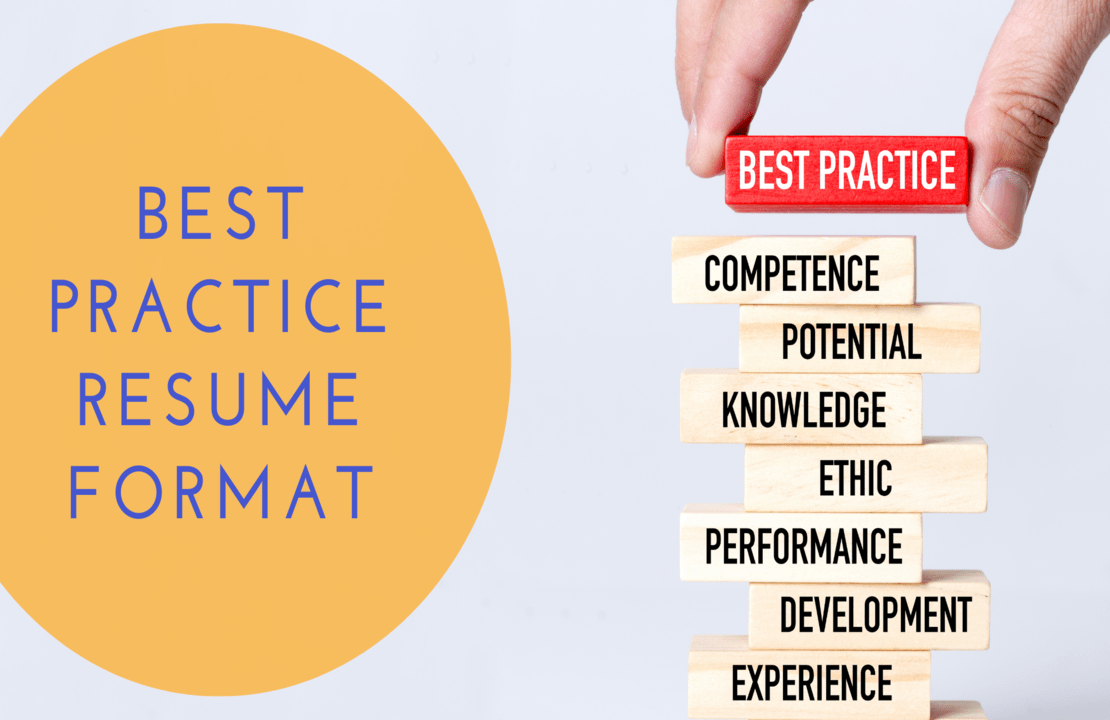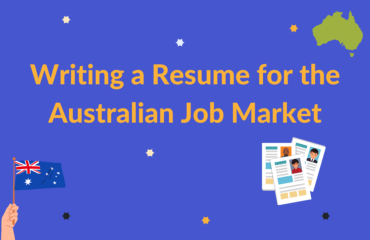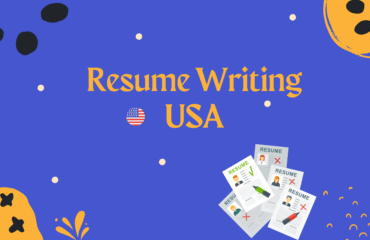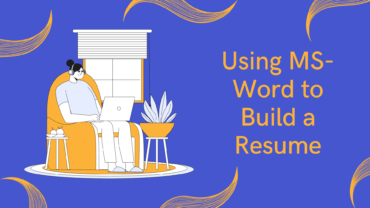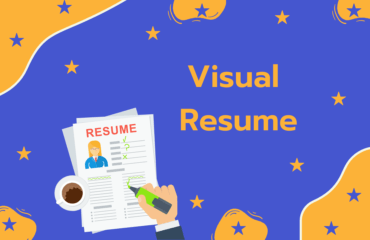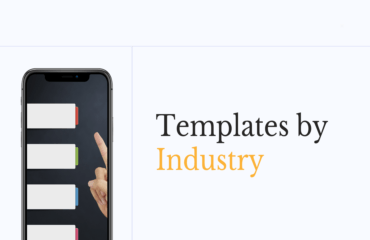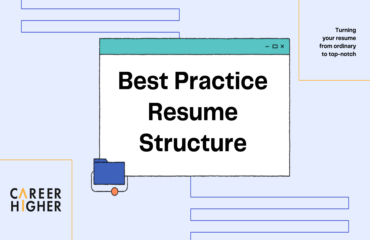Table of Contents
Recruiters around the globe rank poor resume formatting high on lists of common resume mistakes. Careless or inappropriate formatting creates a negative first impression and may prevent you from qualifying for the next round. Conversely, a well-formatted resume is more likely to pass the ATS screening and impress decision-makers due to its easy-to-read, ATS-optimized format. Let’s discuss the various resume formatting aspects you should remember as you prepare an application.
1. Font size
Font size is an essential part of formatting. Choose a font size that makes the content legible to the reader. The size shouldn’t be too small or too large and will partly determine the length of the document. Thus, we strongly recommend using font sizes 9, 10, or 11, depending on the font style and content volume.
If your content is 1.5 pages and your current font size is 9 or 10, you have the scope to increase it to 11 and make it a two-page document. This way, you don’t have to eliminate important content. While 11 points is an ideal range, a 12-point font is acceptable as long as your resume doesn’t unnecessarily spill over to extra pages. Remember to display your name in a larger font size to highlight it for the reader.
2. Font style
Like the font size, the font style you choose should present your content more legibly and effectively. The font style should be ATS optimized, clear and simple to facilitate reading by both machines and humans. These fonts are excellent options for resumes:
- Arial
- Times New Roman
- Helvetica
- Calibri
- Cambria
- Verdana
- Didot
- Garamond
While many others can also be used, you need to ensure your choice is professional, is not extremely thick and dark or thin and light, and takes up a reasonable amount of space. Maintain a consistent font throughout the document.
3. Line spacing
Line spacing is another factor that affects the presentation of your document. While we suggest a spacing of 1.15, the best option depends on your resume’s content and length. Word provides settings such as “single,” “double,” “custom spacing,” or “prevent single lines” to consider based on your needs.
Line spacing should be utilized strategically between sections and subsections. Larger spacing helps distinguish parts of the document and maintain readability. On the other hand, smaller spaces in the rest of the resume can keep it cohesive and minimize the total amount of space required.
4. Length
The debate about the optimal length of a resume is ongoing. Some encourage professionals to stick to one page, regardless of industry and experience. Others suggest aiming for two to three pages, depending on the content. We recommend a resume length of one to two pages, depending on the target location and candidate’s experience. Here is the ideal length in various geographic regions:
- North America: usually one page
- Canada, Europe, Australia, and the Middle East: usually two pages
- New Zealand: two to three pages
While the target location is a vital factor, your experience and industry are crucial, too. A longer resume is justified for professionals with more years of experience. Based on your experience, we suggest these lengths:
- Up to 10 years of experience: one page
- More than 10 years experience: usually two pages
5. Photos
Professionals are often uncertain whether to include a photo in their resume. Unfortunately, there is no one-size-fits-all answer. In some places, a photo clashes with anti-discrimination laws. However, in other countries, it is common practice. In countries such as the U.S., Canada, and the U.K., including a photo in your resume is likely to get your application disqualified. On the other hand, in the Gulf Cooperation Council region, candidates are requested to include professional headshots.
Apart from your target location, the industry you are targeting also makes a difference regarding whether a photo would be helpful. For example, photos are mandatory when applying for most acting and modeling jobs because appearance is part of the job requirements.
6. Images, charts, and tables
Images, charts, and tables may add creativity to your resume, but they can reduce your chances of qualifying for the next round as they are not ATS-friendly. We do not recommend adding columns to differentiate the content as it may prevent the ATS from being able to parse your resume successfully. Some designs used in graphic representations can cause keywords to be mixed up. This will impact your ATS score, resulting in the rejection of your resume.
7. Colors
Candidates often ask whether they should apply colors to their resume or keep it black and white. This is influenced by a number of factors, such as the industry. If you’re applying in a traditional industry such as banking, black and white is best because recruiters prefer it. However, a resume in the fashion industry may benefit from the thoughtful addition of color.
Another factor is geography. Recruiters in countries like the UAE and Egypt may prefer less color on resumes, while Western countries may be open to colored resumes with modern designs. However, your resume is a personal marketing document and you should choose what reflects your personality. Choosing the right colors and applying them strategically and discreetly will prevent negative consequences.
8. Margins
Your resume’s margins should be about 1 inch on all sides. You can choose to be flexible about their width, but you must ensure uniformity and a sensible presentation. Some professionals narrow a resume’s margins to fit more content, but this may not be the best move since scant margins affect its overall aesthetics. Alternative ways to add more relevant content are adjusting the font size, changing the spacing, or adding another page. By being flexible, you can both maintain your resume’s attractive appearance and add all the content that aligns with your target role.
9. White space
Top resumes maintain the right balance between too much and too little white space. Too much may reflect a lack of sufficient content in your resume. However, too little will make your resume look cluttered. A large number of words without proper spacing will reduce the readability of the document. It’s important for your content as well as its presentation to stand out, so make wise choices about your use of white space.
Amid the vast quantities of information on the internet, it can be easy to become confused about the right type of formatting for your resume. Although there isn’t one correct way of writing and formatting your resume, there is an ideal way. Before sending your resume to recruiters, make sure to research your target audience and adjust the document’s format accordingly.
